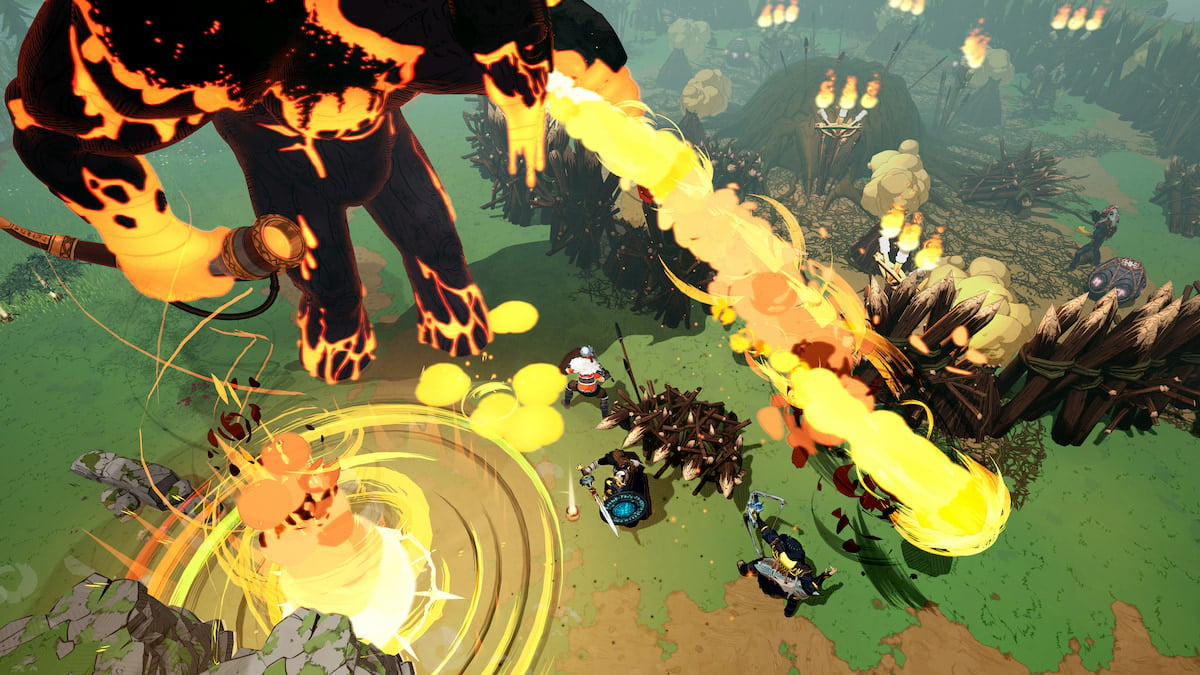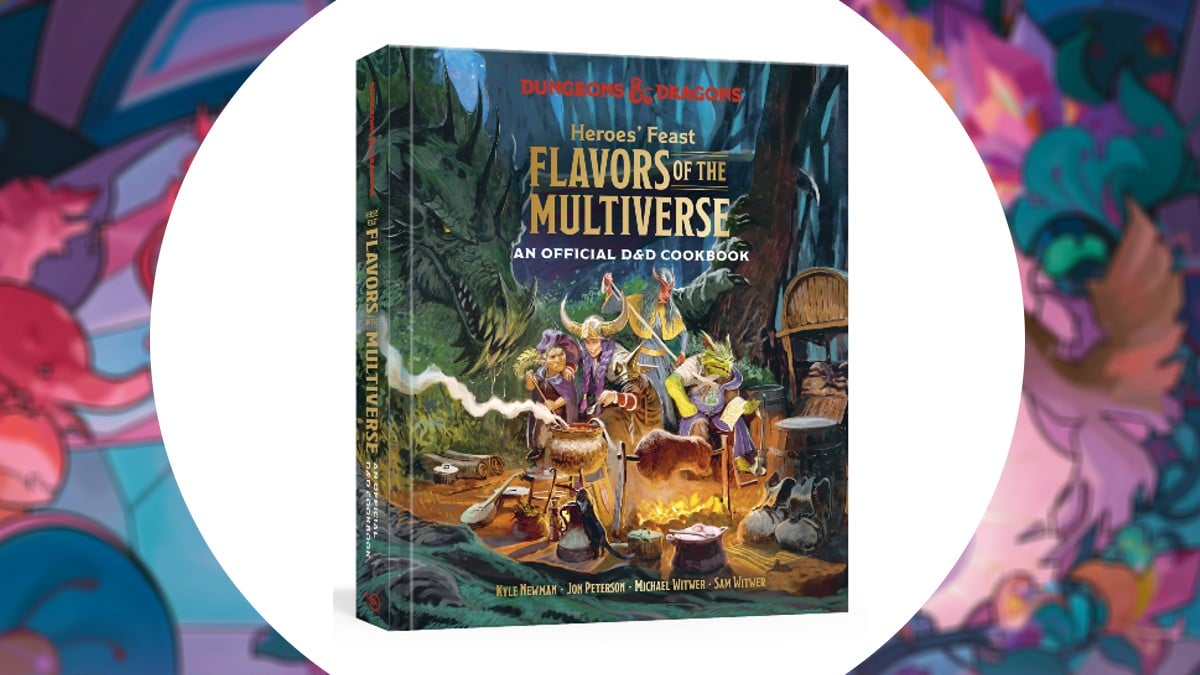Creating a language is a daunting task, even more so when it’s for a multiplayer game where several players are working together, focused on the game’s objectives. However, the more times players replay through an adventure, the more they will pick up on its unique aspects, and weaving that into the game made Tribes of Midgard stand out.
If you’ve jumped into the multiplayer adventure with your friends, all of the voice lines in the game will be distinct because it’s not a known language on Earth. Instead, it’s a mashup of Icelandic and Swedish, adding exclusive Viking flair to the game. Julian Maroda, the CEO and founder of Tribes of Midgard developer Norsfell, shared some insights about the process of creating the High Midgardian language and why the studio even did it in the first place.
High Midgardian inspirations

The decision behind building a fictional language in High Midgardian stemmed from Tribes of Midgard’s rich playground of Norse Mythology. “We didn’t need to create lore because Norse Mythology is so rich and vibrant with existing tales, but we wanted to put our own twist on both the familiar and unfamiliar stories,” said Maroda. “We also wanted to create experiences where players could live their own myths and legends and tell their stories around virtual campfires, just like the Vikings.”
Tribes of Midgard doesn’t have too much time for a narrative story. There’s a brief cinematic when you first load up the game, but after that, you and your friends will be repeatedly jumping into the game and defending your village. But the language created by Norsfell is spoken everywhere, by every trader in the village, the player characters, and enemy NPCs.
Other games have done this, as Maroda pointed out. “We were inspired by iconic games like The Sims and thought, ‘What if we did something similar, but in Viking-form?’ From there, we decided that High Midgardian needed to have the same authentic Viking-feel as all of our in-game storytelling.”
Building High Midgardian

Of all the languages in the world, Icelandic and Swedish were chosen to serve as the foundation for High Midgardian. But why pick these two Scandinavian dialects? ? “Icelandic is actually the closest thing there is to what the Vikings used to speak — Old Norse,” said Maroda. “This is because the Icelandic people lived in a lengthy time period of isolation, safely tucked away on their island and sheltered from external influences.”
With the seeds of Norse securely planted into Tribes of Midgard’s High Midgardian, Norsfell needed a proper fertilizer alongside it to ensure it grew into an entity that was very much utilized by the dev team. The team picked Swedish because not only was it the language many of the group spoke, but as Maroda elaborated, this choice “helped make the language a bit easier to pronounce and draw it closer to English, making it a bit more understandable to our players.”
The combination of the two languages gives it a familiar ring to it whenever a trader greets you at their shop with a ‘hiló’ (hello), or when you run off, you’ll hear a quick ‘farvul’ (farewell) shouted at you. Not every translation is easy for someone to pick up, like ‘þakkr’ translating to ‘thank you.’
Giving High Midgardian a voice

After building a foundation in weaving the language of High Midgardian, the next step was getting the voice actors to pronounce the words and phrases correctly. These contained words such as, Gróppur!, Lykta saltsjön, Harpa ðu hilsat?, and Meki guðar övur ðir vakta, to name a few, all with specific forms of syntax and unique letters used in Icelandic.
There were some struggles along the way, but some of the Norsfell developers absolutely fell in love with the language. “Our main sound designer actually grew very fond of the language and now considers himself ‘fluent,’” said Maroda. That same sound designer also voices Fenrir, the final Saga boss in the game, with a very heavy growling voice reminiscent of a heavy metal vocalist.
The future of High Midgardian

Players of Tribes of Midgard hear High Midgardian so often that many have used it in the Discord channel or while streaming on their Twitch channels. Because of how much the community took to the language, Maroda and his team will be expanding the lexicon in Tribes of Midgard’s second season, along with the new content coming to the game in November.
With the first pass at High Midgardian already a success by Tribes of Midgard’s fanbase, adding to the language and voice lines in the multiplayer game will only continue to fuel the burning fire by the community. The team at Norsfell doesn’t credit themselves for inventing a language, but the team’s ambition and fervor of the community support mean shows the hard work was worth all the effort and bodes well for the future of more voice work. Meki guðar övur ðir vakta.







Published: Aug 30, 2021 10:00 am